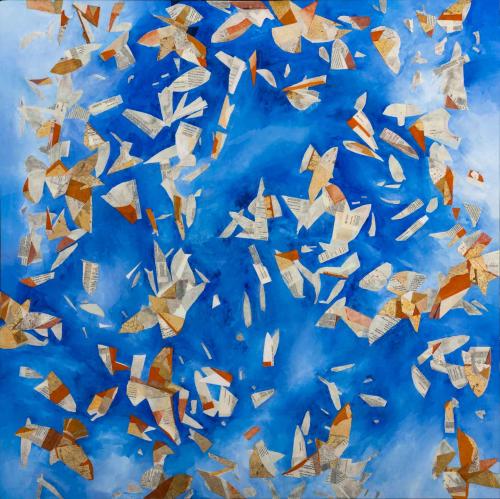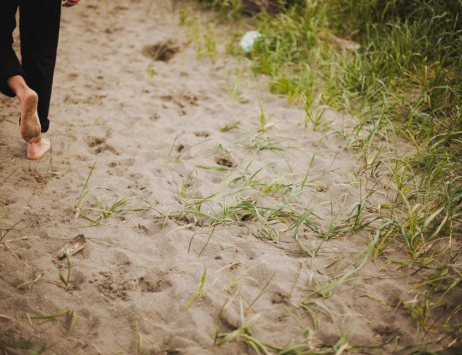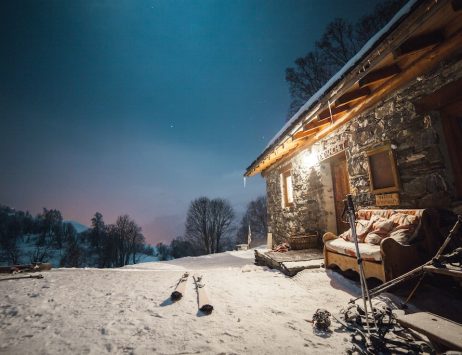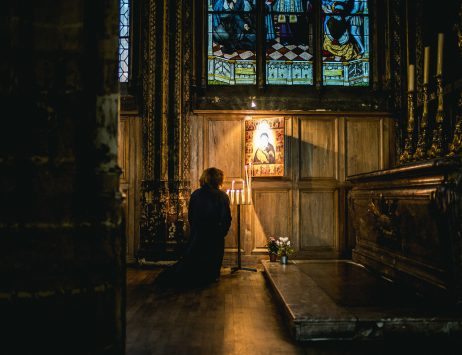The Catholic Church has a long and historied relationship with art that has enriched the canon of Scripture for two millennia. In his 1999 “Letter to Artists,” Pope St. John Paul II recognized that artists do not have to work with typical Christian iconography to draw observers into an experience of God. He wrote, “Even beyond its typically religious expressions, true art has a close affinity with the world of faith, so that, even in situations where culture and the Church are far apart, art remains a kind of bridge to religious experience” (10).
Artist Danna Ruth Harvey uses the natural world to capture on canvas what a writer or poet might capture on the page:
I don’t think my paintings are about trees, flowers, or sparrows, even though I know they may be all that some will see. I use these images to carry my content, because like many other living things in God’s Creation, they are beautiful and willing metaphors for our human condition including all our varied emotions. […] I don’t see art as indifferent to the mysterious and deep relationship formed by religion and our search for wisdom.
–Artist’s Statement, Danna Ruth Harvey, Cole Pratt Gallery
For example, her work, Loss of Self, could well be a visual meditation on the via dolorosa Christ encouraged his disciples to follow in Matthew 16:24–25. “If any want to become my followers, let them deny themselves and take up their cross and follow me. For those who want to save their life will lose it, and those who lose their life for my sake will find it.”
It wasn’t until my own losses, derivates of sinful choices, that I woke up to the truth of Christ’s statement. A marriage ended and pages were torn from its narrative and a portion of me died from the grief. I sought Christ’s help, and he highlighted destructive cycles in which I’d long been trapped. His Word and the guidance of Holy Spirit taught me new reactions and the cycles broke. His molding gradually resurrected me into a new person. Surrendering to the cross—letting go what I thought I understood—has not only saved my life from more loss but has redeemed the portion of me that died after divorce. To me, this piece of art is a visual homily on the beauty of that loss.
Arguably, true art that bridges religious experience conveys the longing for redemption, the restoration of the fellowship of God and man. Nature is a fitting choice to relay this message; creation heralds the redemptive nature of Christ with its seasonal cycles of death and resurrection. Romans 8:19–20 tells us that creation eagerly longs to see the children of God revealed in hope that it will also be set free from its bondage to decay into the same freedom of the glory of the children of God.
We often overlook the fact that it was not man whom God cursed as a result of the fall in Genesis 3. From the very beginning, God blessed man, both male and female, when He made them from the dust of the earth in order that they might fill the land and subdue it (Gen. 1: 28). Rather, God cursed the serpent (v. 14), and he cursed the ground (v. 17) subjecting it—the very thing from which Adam had been made—to futility. Hence, the consequences of man’s sin was death by association to the ground from which God had taken him.
Artists who are drawn to find expression in the elements in creation are likely responding to the higher brushstroke of Christ our redeemer who created them both. Psalm 148 declares: “Let [angels, sun, moon, stars, the heavens, sea monsters and all deeps, fire, hail, snow and frost, stormy wind, mountains and hills, fruit trees, cedars, wild animals, cattle, creeping things and flying birds] praise the name of the Lord, for his name alone is exalted; his glory is above earth and heaven.” The natural world can be a catechism training us in its unique language to bear glorious witness to the creator. A patch of bluebells may speak strength and grace; a flock of birds can chant the loss of self; early morning mist may whisper the gentle heart of its master; and the rising of the sun can roar his majesty.
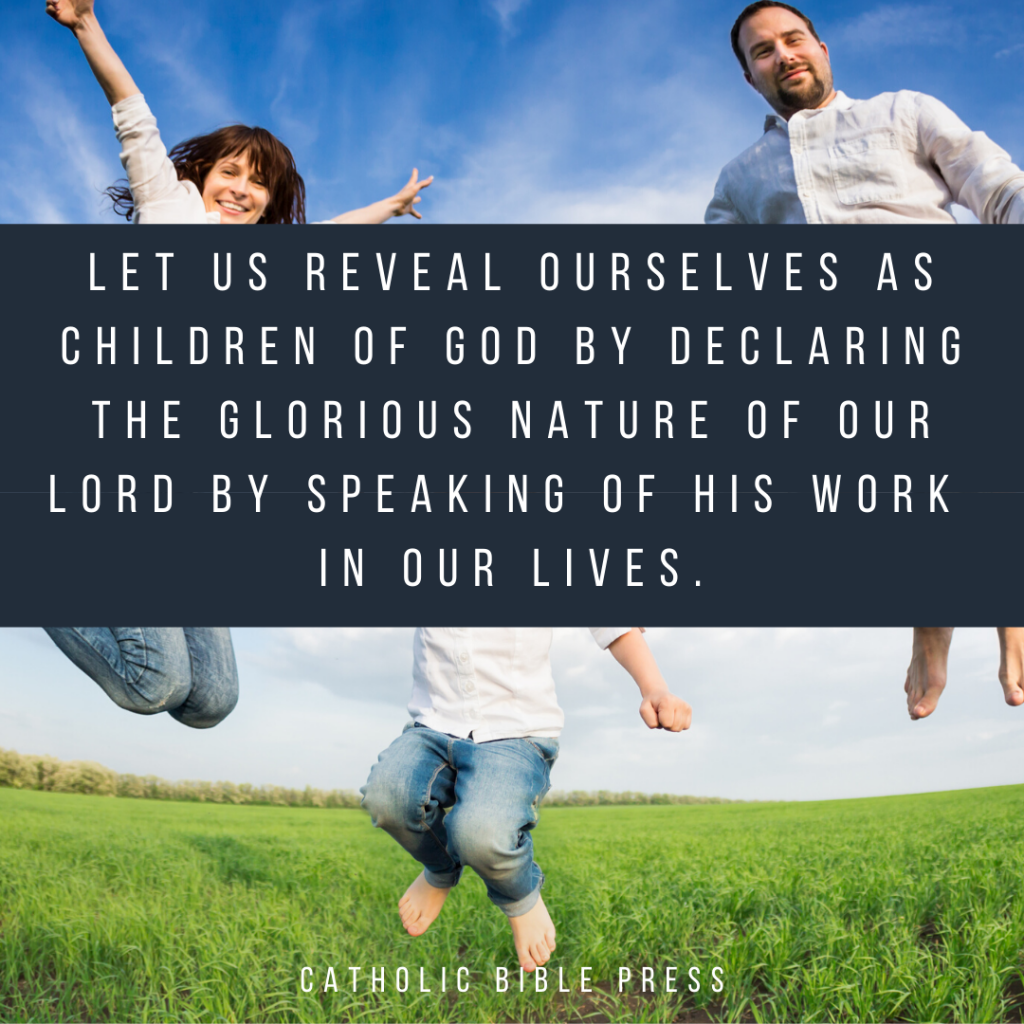
Let us reveal ourselves as children of God by declaring the glorious nature of our Lord by speaking of his work in our lives. May it spill over to others so the whole world may know the power of his resurrection. The creation eagerly longs to see that day.
More of Danna Ruth Harvey’s work can be found at the Cole Pratt Gallery in New Orleans, LA or online at coleprattgallery.com.
